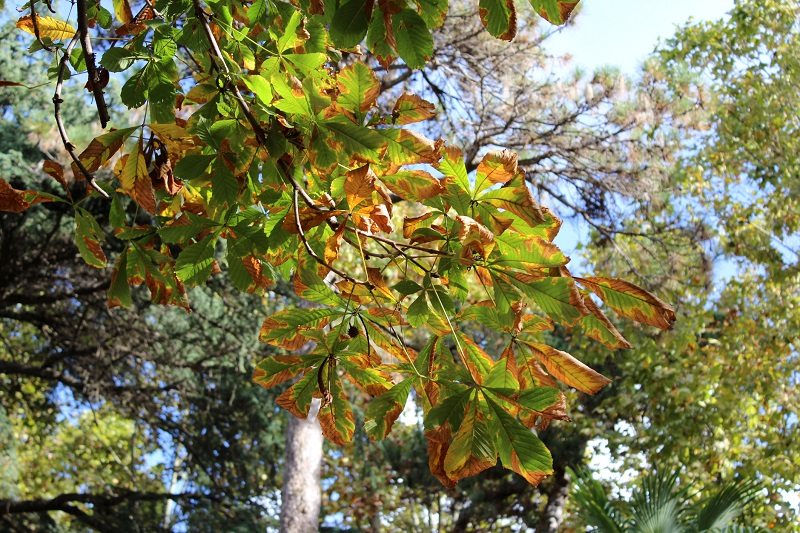
In time, symptomatic leaflets will fall (abscise) from the rachis, leaving a bare rachis attached to the branch ( Figure 1B). One or more leaflets on a compound leaf may exhibit these symptoms, and, sometimes, leaflets on only one side of the rachis (leaf stem) may exhibit these symptoms. The leaflets turn tan to brown at the tips with discoloration and tissue desiccation that progress toward the base of the leaflet (Figure 1A). Symptoms of pecan bacterial leaf scorch typically appear from late spring into fall and typically increase in intensity during the summer. *Cultivars are highly susceptible to pecan bacterial leaf scorch.ġPecan bacterial leaf scorch identified in orchard trees disease occurred as a result of natural infection.ĢPecan bacterial leaf scorch identified in test trees disease occurred as a result of mechanical (needle) inoculation with the pathogen (Sanderlin 2005).ģPecan bacterial leaf scorch identified in seedlings of these cultivars disease occurred as a result of mechanical (needle) inoculation with the pathogen (Sanderlin 2005).ĤTrees of these cultivars in Arizona or New Mexico tested positive for the pecan bacterial leaf scorch pathogen (Goldberg 2015). Pecan cultivars in which pecan bacterial leaf scorch has been confirmed. Additionally, seedlings of the pecan cultivars or selections Apache, Curtis, Elliot, Moore, Riverside, Stuart, and VC1-68 that are used as rootstocks were also able to be infected with the pathogen and develop disease following mechanical (needle) inoculation (Sanderlin 2015).

Table 1 shows a list of cultivars in which this disease has been identified in naturally infected orchard trees or in test trees resulting from mechanical (needle) inoculation with the pathogen. While pecan bacterial leaf scorch tends to occur less often in some cultivars than others, no resistant cultivars have been identified. Susceptibility varies across cultivar, and in mixed plantings, disease tends to occur in and spread to the most susceptible cultivars first. Pecan bacterial leaf scorch has been identified in over 30 cultivars as well as in native and seedling trees. Although pecan bacterial leaf scorch does not kill pecan trees, yield and economic losses can occur. There are no economically effective treatments to eliminate the pathogen from an infected tree.

While these factors make this disease unsightly for a homeowner with a few pecan trees, they can have a significant economic impact for a commercial pecan producer. Pecan bacterial leaf scorch causes defoliation, reduces tree growth (particularly when trees are infected at an early age), and reduces kernel weight. In 2015, this disease was also found in the western pecan-producing states of Arizona, California, and New Mexico (Hinton et al. Pecan bacterial leaf scorch is common throughout the pecan-producing areas of the southeastern United States.


 0 kommentar(er)
0 kommentar(er)
